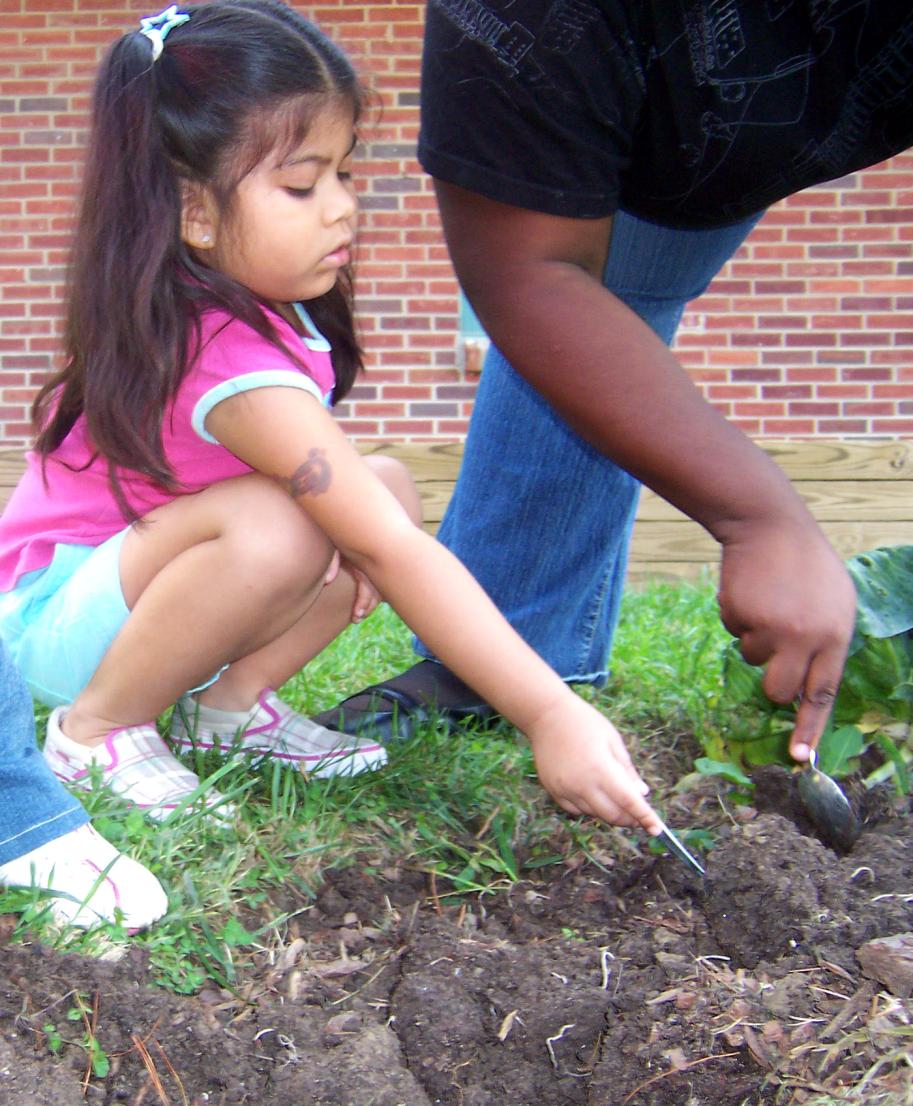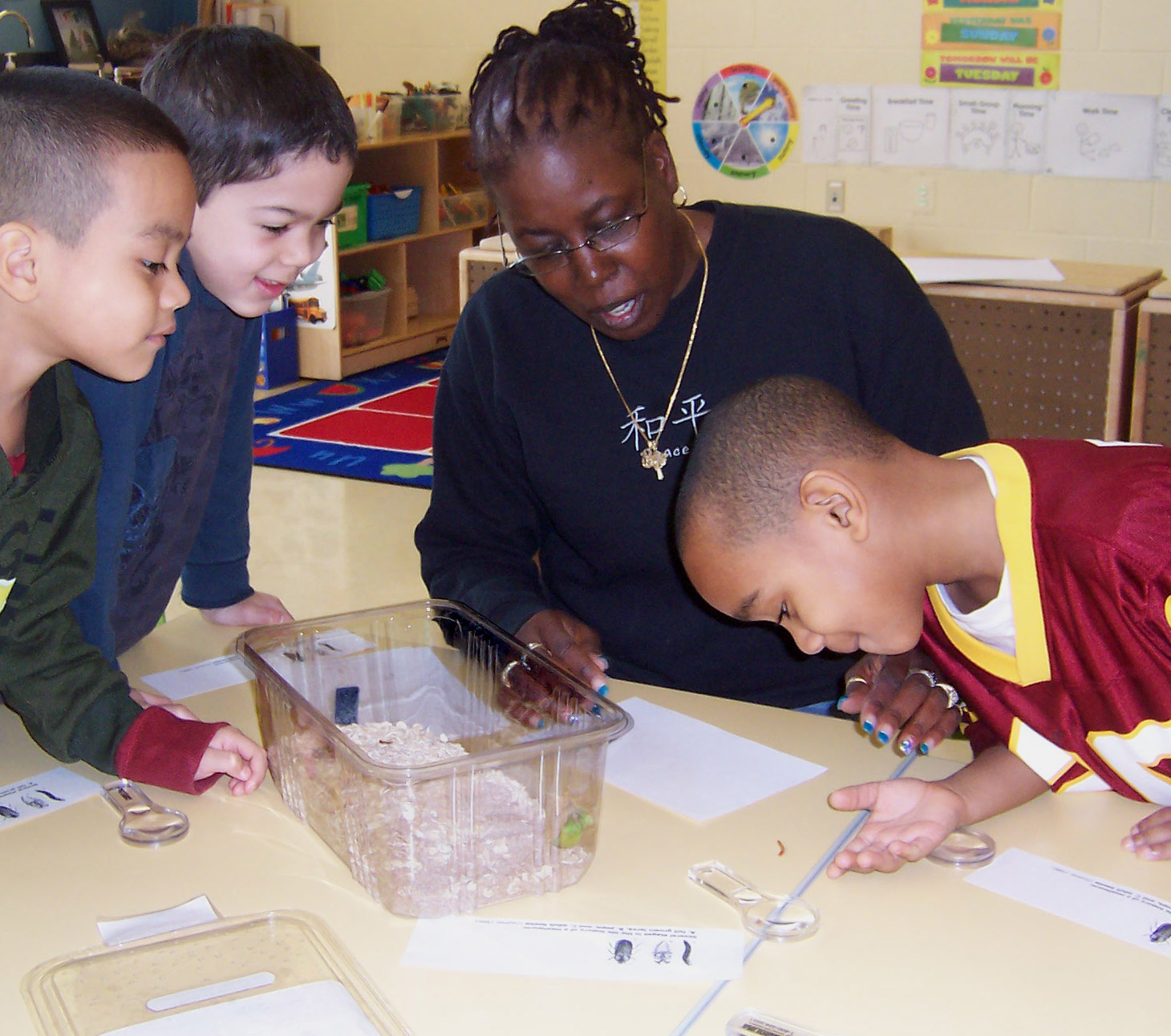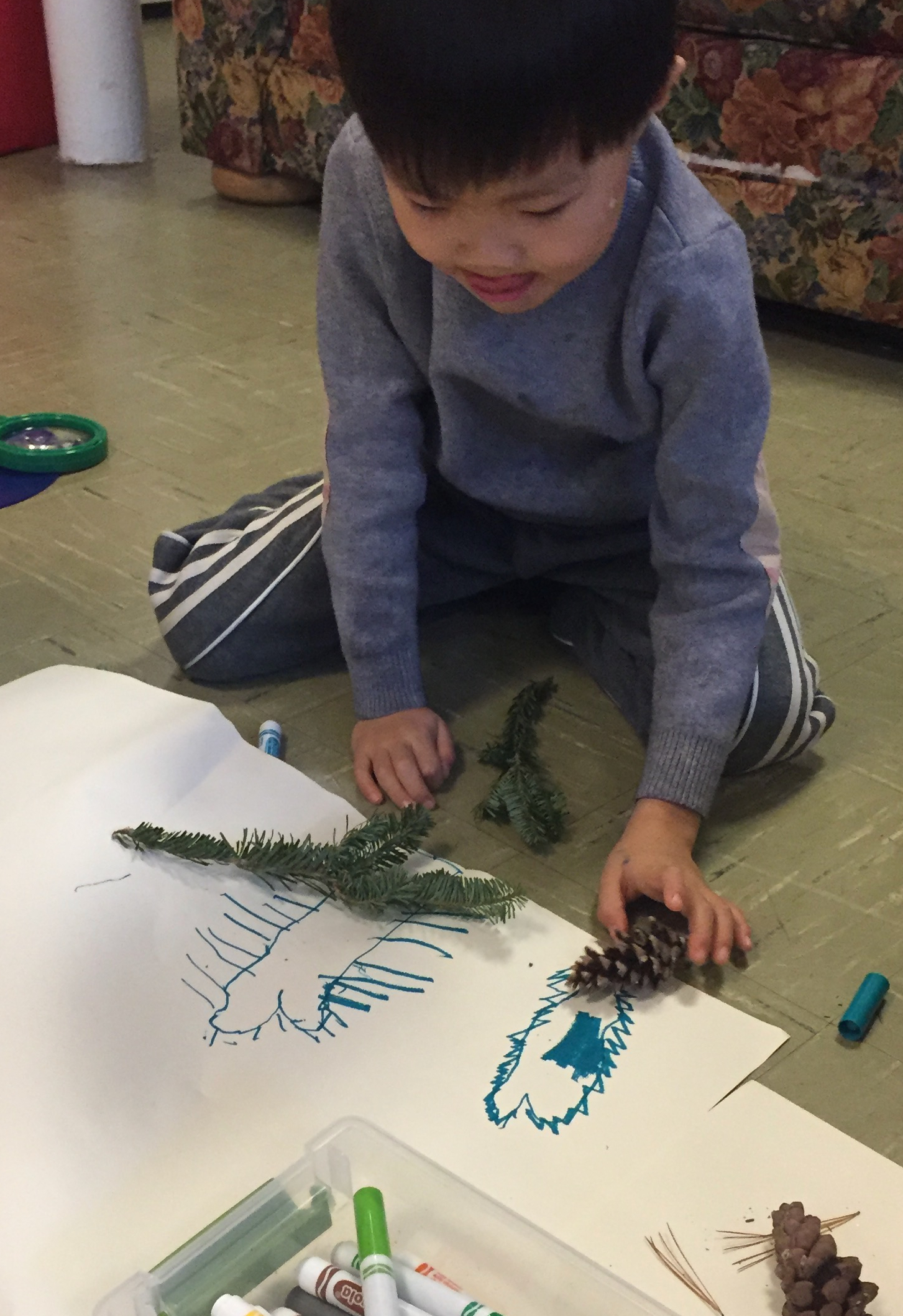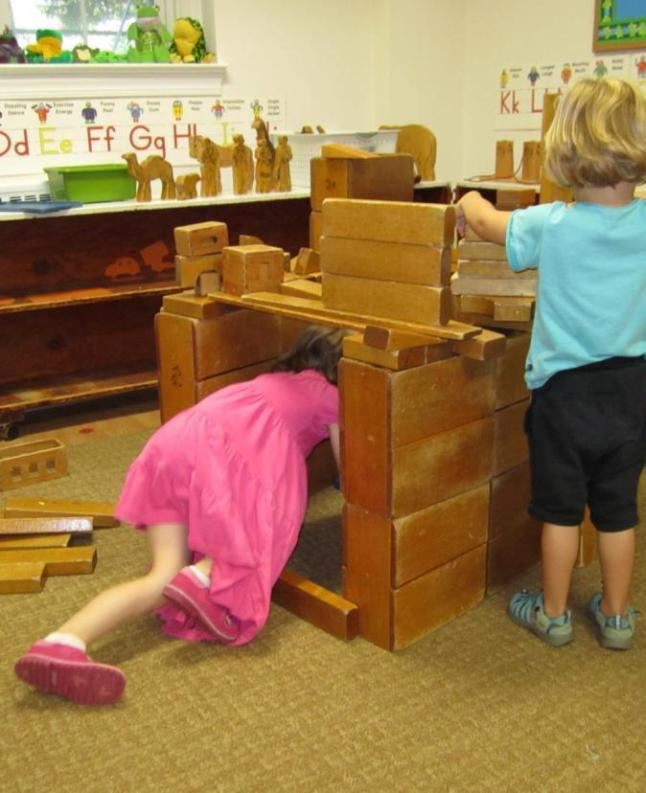Book clubs, professional learning communities, and resources on equity
By Peggy Ashbrook
Posted on 2020-01-01

One of my favorite professional learning opportunities was an informal Professional Learning Community (PLC) organized by a colleague before the term “PLC” came into common usage. A small group of early childhood educators met weekly for about 8 weeks to discuss the wonderful book, Worms, Shadows, and Whirlpoolsby Sharon Grollman and Karen Worth, and share how we implemented the authors’ guidance in our own classrooms.
As the facilitator of the group I read the book more thoroughly than I had the first time so I would be well prepared to lead a discussion—cover-to-cover instead of skipping some sections. Reading the book with intent to discuss and share insights and argue with some ideas made me work harder to place the book in context of my own teaching.
The book Anti-bias Education for Young Children and Ourselves by Louise Derman-Sparks and Julie Olsen Edwards was the basis for another, virtual, book club, also formed with the goal of helping educators change our teaching practices. The leaders of the NAEYC Diversity and Equity Education for Adults Interest Forum created a supportive community where each of us could step up to lead a discussion. The support gained by hearing the experiences and advice of other educators really broadened my sense of how responsible I was for helping children reduce feelings of bias, and learn to value themselves and all community members. Resources we used to inform ourselves and update our library shelves included Teaching for Change’s booklists.
Since that book club, the NAEYC has issued a new position statement “Advancing Equity in Early Childhood Education” (in English and Spanish) grounded in NAEYC’s core values that emphasize diversity and inclusion and that respect the dignity and worth of each individual.
NSTA’s newly revised Gender Equity in Science Education position statement (November 2019) has specific recommended actions that can guide our teaching. The association reviews, revises, and updates position statements, displaying one of the best aspects of science education—continually seeking new understandings.
The statement begins with: “The National Science Teaching Association (NSTA) strongly asserts that gender equity is critical to the advancement of science and to the achievement of global scientific literacy. Gender equity means ensuring all students of any sex, gender identity and/or expression, or sexual orientation—regardless of racial or ethnic background or ability—are empowered, challenged, supported, and provided full access to become successful science learners.”
I want all children to develop their science identity, and know that everyone has the ability to act like a scientist in their daily life. Using questions and goals from the STEM Teaching Tools’ Practice Brief 15: Overview: How can we promote equity in science education?, I’m looking forward to reflecting on and growing my teaching practice in 2020:
- Implement instructional strategies to make science learning experiences more inclusive for all students.
- Integrate a focus on equity and social justice into every teacher learning experience in relevant ways—and not treat diversity as a segregated topic.
- Relate the scientific phenomena I teach and the concepts I want children to understand to the interests and practices of my students’ lives and communities.
Disclaimer: The views expressed in this blog post are those of the author(s) and do not necessarily reflect the official position of the National Science Teaching Association (NSTA).






